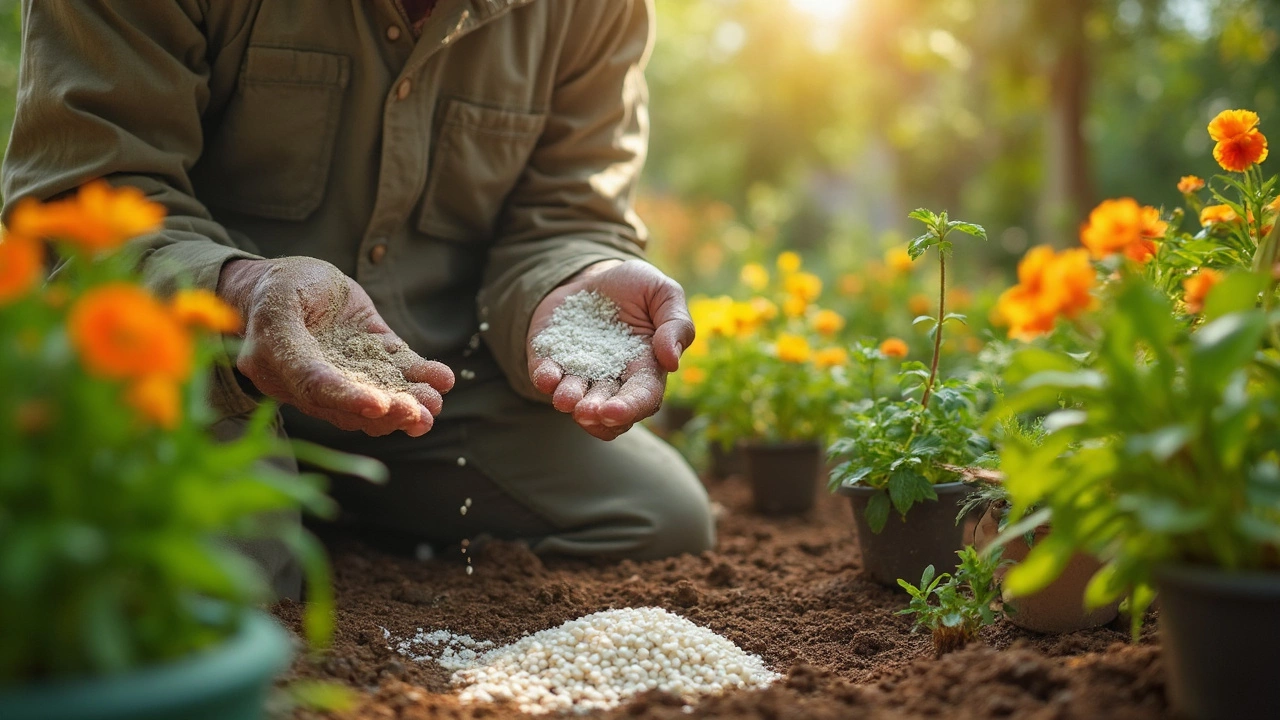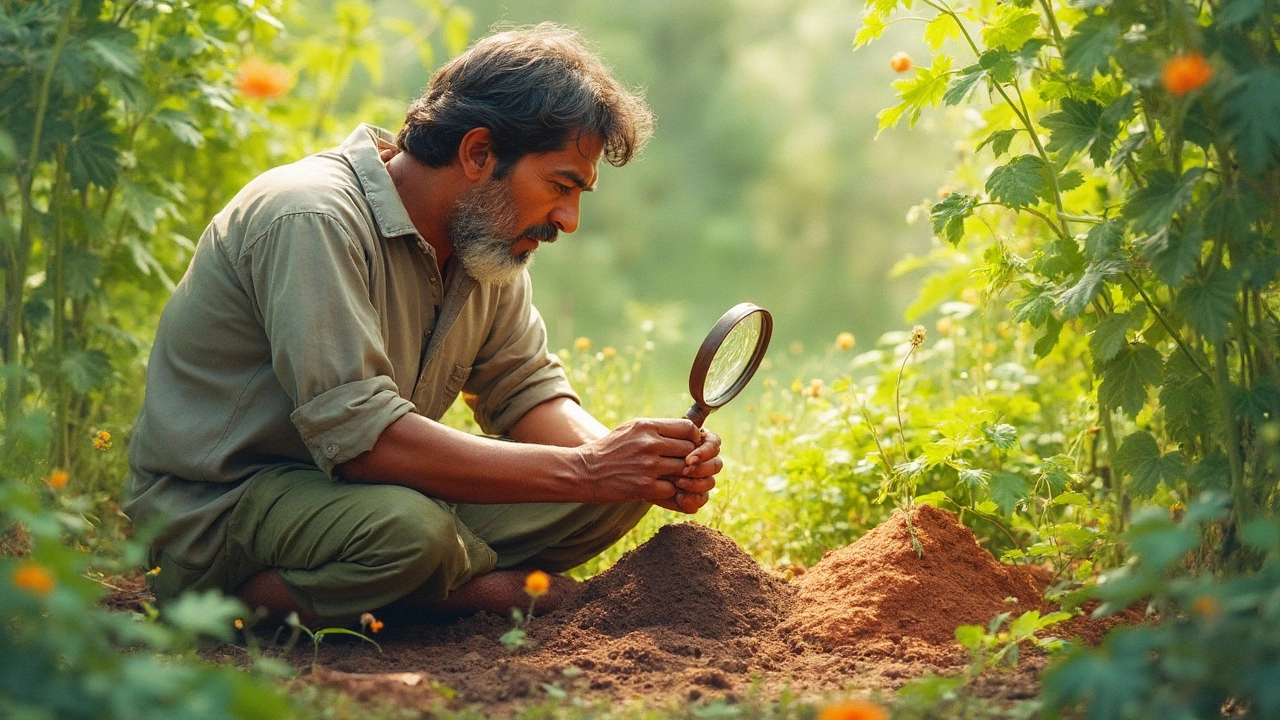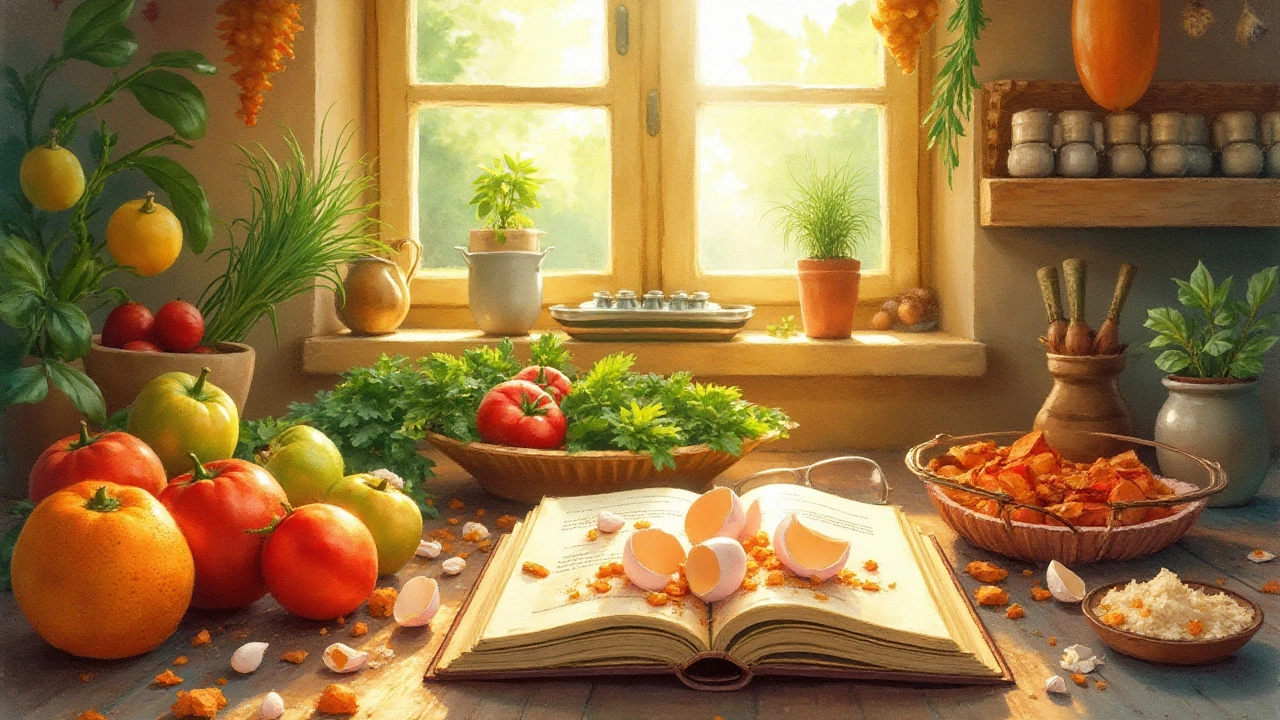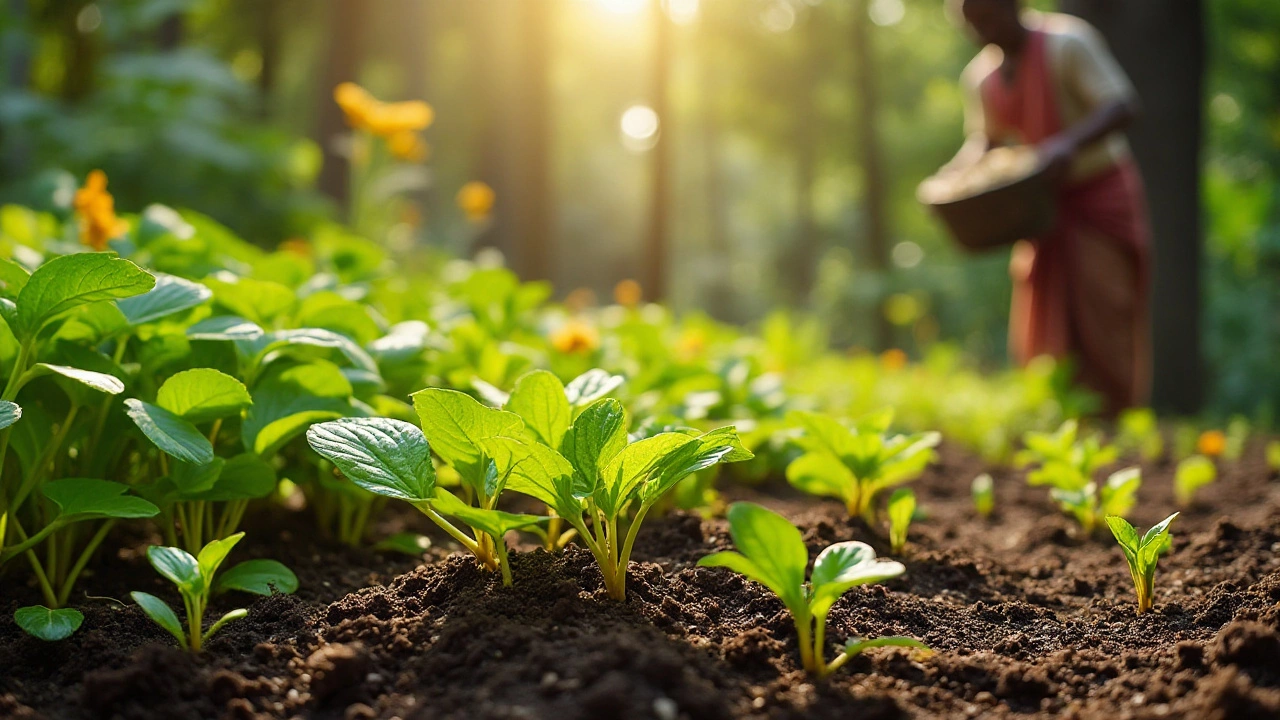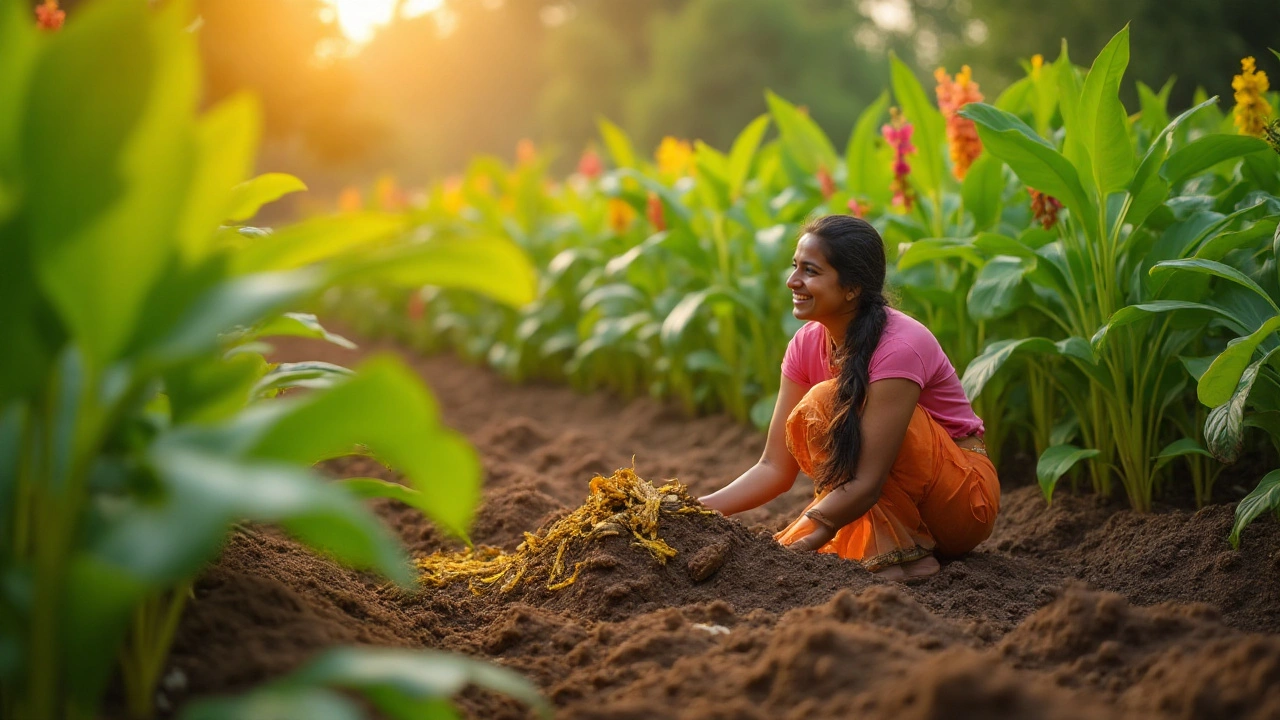Soil Improvement – How to Boost Your Garden’s Health
When working with soil improvement, the process of enhancing soil structure, fertility, and water‑holding capacity for healthier plant growth. Also known as soil amendment, it helps gardeners and farmers restore damaged beds, boost nutrient availability, and prevent erosion, you’re really dealing with a handful of linked concepts. One of the core pieces is garden soil, the native material that surrounds plant roots and provides the primary medium for growth. That material differs from topsoil, the uppermost, organic‑rich layer that holds most of the soil’s nutrients and microbial life. Understanding that difference is the first step toward any successful amendment plan.
Key Practices that Drive Better Soil
Effective soil improvement encompasses adding organic matter, managing moisture, and ensuring proper drainage. Compost compost, decomposed plant waste rich in beneficial microbes influences soil improvement by feeding microbes that break down nutrients, making them easier for plants to absorb. Adding well‑rotted manure or kitchen scraps like banana peels boosts the nutrient pool and improves structure, while materials such as perlite or, for a cost‑effective twist, styrofoam, enhance aeration. Moisture retention is another pillar: a soil that holds water but also drains excess prevents root rot – think of adding coco coir or mulch to seal in humidity. In practice, soil improvement requires a balanced blend of nutrients, aeration, and water management, all tailored to your local climate.
The relationship between these elements forms a simple chain: soil improvement encompasses organic amendments; soil improvement requires proper drainage; and compost influences nutrient availability. By applying these ideas, you’ll see stronger roots, greener leaves, and higher yields. Below you’ll find a curated set of articles that walk you through rehydrating hard soil, swapping perlite with alternatives, distinguishing garden soil from topsoil, and even using everyday waste like eggshells or banana peels to enrich your beds. Dive in for step‑by‑step tips that turn theory into thriving gardens.
How to Rehydrate Garden Soil: Easy Ways to Fix Dry, Hard Soil Fast
Got bone-dry soil? Learn practical, proven ways to rehydrate your garden soil, keep moisture locked in, and revive struggling plants quickly.
Can I Use Styrofoam Instead of Perlite for My Garden?
Thinking of using Styrofoam as a substitute for perlite in your garden soil? While both materials help with soil drainage, they have distinct differences. Explore the benefits and drawbacks of each option and find out whether Styrofoam is a viable alternative to perlite. Get practical advice and interesting insights to make the best choice for your plants.
Understanding the Difference Between Garden Soil and Topsoil
Garden soil and topsoil are often thought to be the same, but they serve different roles in gardening. While both are crucial for plant growth, understanding their differences can help you choose the right one for your needs. Discover the specific characteristics of each type and learn how to enhance your garden by using them effectively. This guide will explore how soil composition affects plant health, offering practical tips for improving your garden's soil.
Eggshells in Compost: Green or Brown Material?
In composting, understanding the type of waste you are handling is crucial for efficient decomposition. Eggshells, often seen in our kitchen waste, pose the question of whether they belong in the green or brown category of compost materials. This article explores the role eggshells play in the composting process, their benefits, and how to best incorporate them into your compost pile. Discover interesting tips on maximizing their effectiveness in creating rich, fertile compost.
Guide to Restoring and Improving Soil in Garden Beds
Restoring soil in a garden bed to its optimal condition can usher in vibrant growth and flourishing plants. There are several strategies to help rejuvenate tired soil, from improving its nutritional content to enhancing its structure. With practical techniques such as adding organic matter, practicing crop rotation, and ensuring proper drainage, gardeners can revitalize their plots. Cultivating healthy soil involves understanding the symbiotic roles of microorganisms and plant life. This article delves into actionable steps and insights to rejuvenate your garden soil.
The Surprising Benefits of Banana Peels for Your Plants and Soil
Banana peels are often overlooked as a garden resource. Their rich nutrient content, especially potassium and phosphorus, can significantly boost plant health and soil quality. By composting or directly applying banana peels, gardeners can improve soil structure and promote healthier plant growth. This article explores the practical applications and benefits of using banana peels in your garden soil improvement strategies.
- manufacturing
- India
- food processing
- garden tips
- rice cultivation
- government schemes
- balcony garden
- urban gardening
- balcony gardening
- profitable business
- business ideas
- plastic manufacturing
- drip irrigation
- plant care
- steel manufacturing
- sustainable gardening
- startup ideas
- steel industry
- flower gardening
- textile manufacturers


